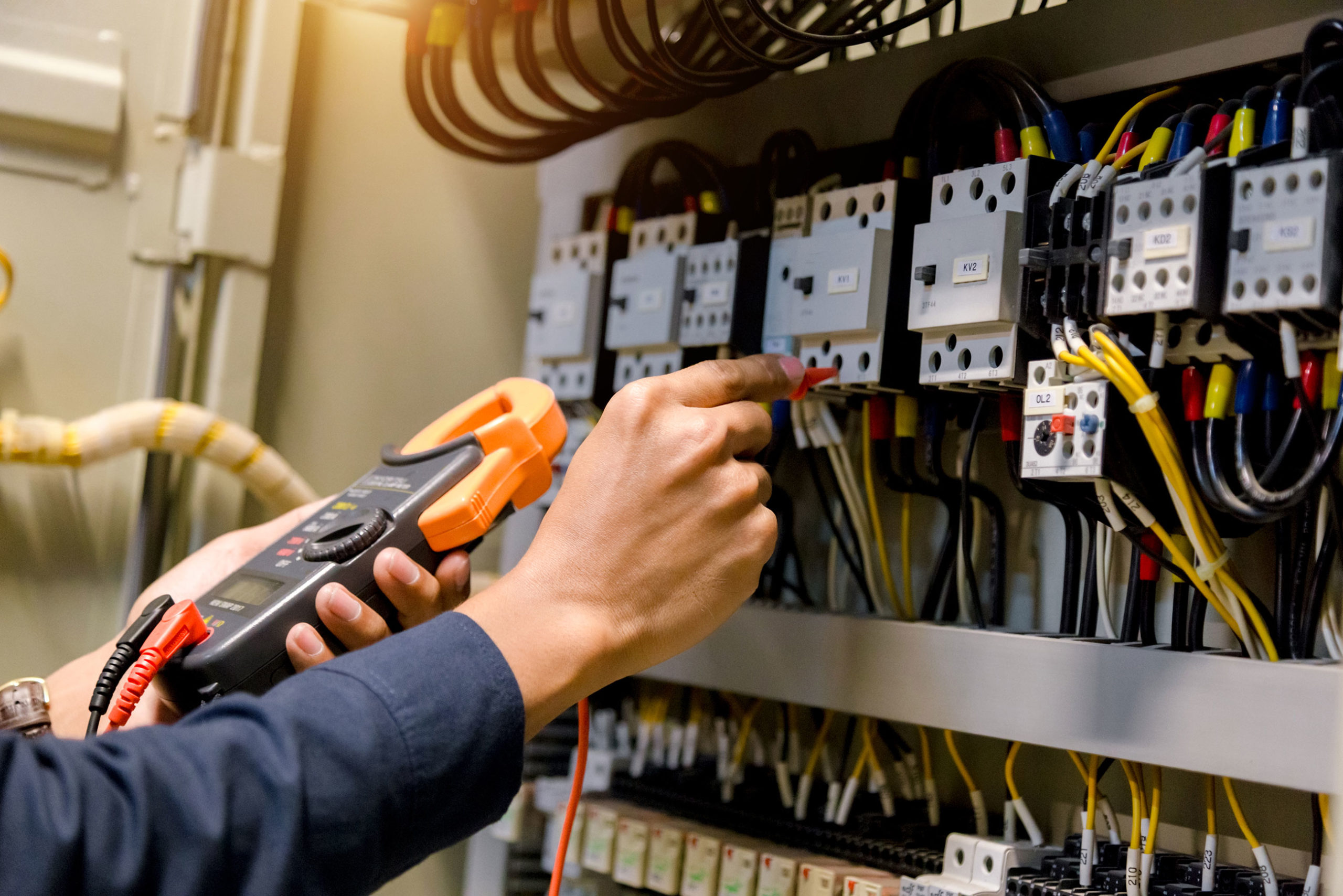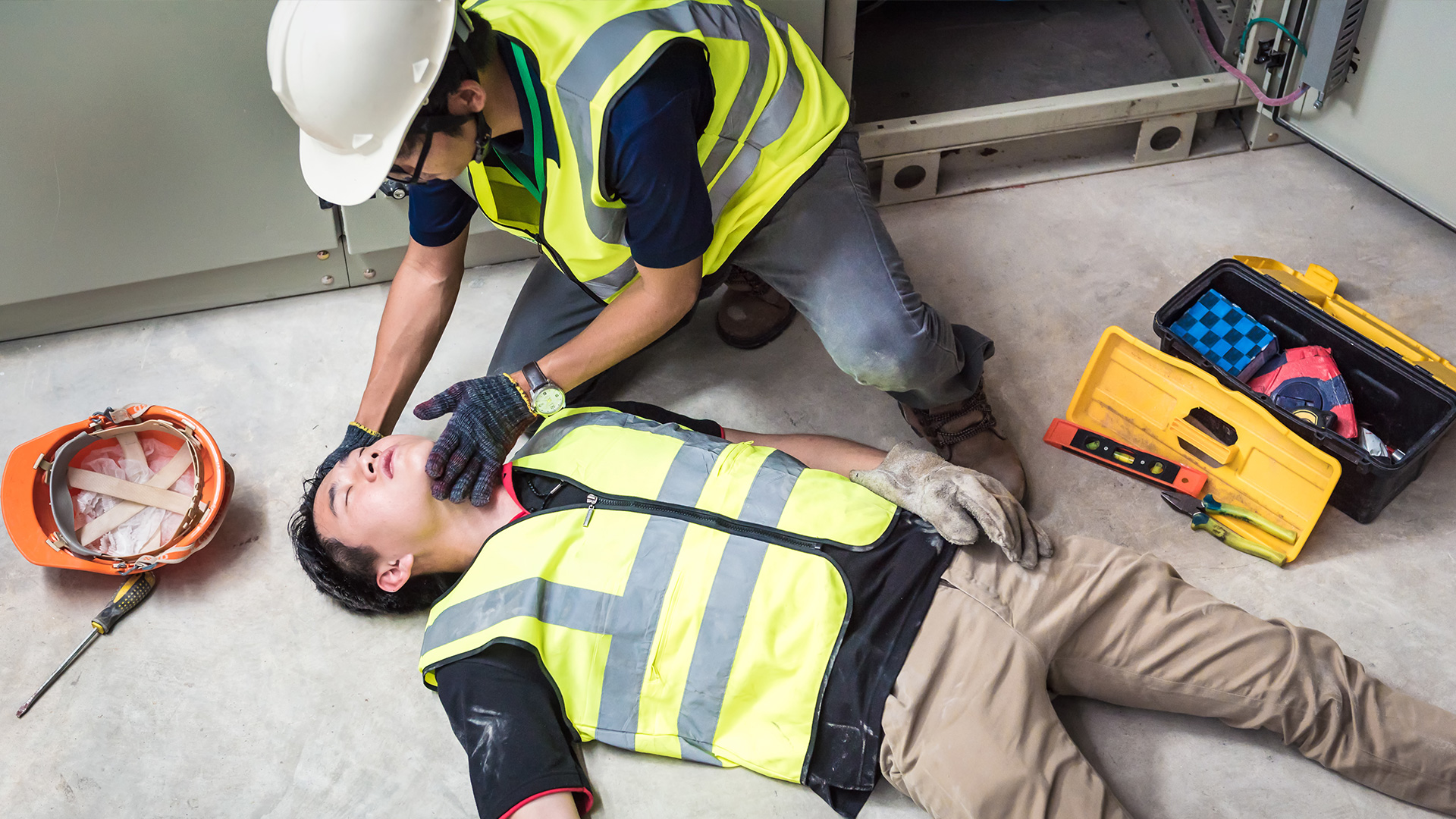Introduction Of Home Repair Services
Welcome to our complete guide on Home Maintenance Services. Whether you are facing a dripping faucet, a faulty electrical system, or a broken roof, timely intervention is important. This article delves into home repairs, giving invaluable tips on how to identify the problems, choose the right people to do it, and whether to do it yourself or employ professionals. Let’s explore how to keep your home in good condition.
Section 2: Recognizing Common Domestic Problems

As homeowners, we normally experience various household issues that need immediate attention so as not to escalate further damage. One needs to realize these common issues to maintain a safe and comfortable living environment.
- **Plumbing Leaks**: Dripping taps, pipe leaks,, and watermarks disclose plumbing difficulties. Such leaks if tackled early prevent water damage alongside mildew growths.
- **Electrical Malfunctions**: Blinking bulbs, blown fuses, and dead plugs are signs of electricity errors. These hazards should be handled by qualified professionals since they are dangerous.
- **Roof Damage**: A loose area covered with leaves and water dropping from the ceiling reveals that there is something wrong with your rooftop systems. Remembering them might result in expensive fixes or even structural problems.
- **HVAC System Faults**: Inefficient temperature control, strange sounds from the AC unit, and irregular airflow show HVAC concerns. What helps extend the lifespan of your air conditioning system?
- **Foundation Cracks**: Cracks in walls/floors; jamming doors; uneven floors.These matters when addressed early enough stop any further destruction of your house’s structure.
Through familiarization with these commonplace household predicaments, you can preemptively deal with them before they become big issues. Routine maintenance and prompt fixing will guarantee the preservation of your property’s worth along with family safety plus comfort.
Section 3: Selecting an Appropriate Home Repair Service Provider

Choosing the right home repair service provider is essential in ensuring quality and convenience. The following are some of the factors that you should consider to choose wisely:
- **Research and Reviews**: Start by researching local repair companies on the internet and reading customer reviews. Look for those who have good feedback from clients and are known to be reliable and professional.
- **Licensing and Insurance**: Ensure that the repair service provider has valid licenses as well as insurance cover. This serves two purposes; first, it helps them maintain a standardized level of service delivery within their industry, second it protects you against any accidents or damages that may occur during repairs.
- **Experience and Expertise**: If for instance, your issue happens to be plumbing-related then make sure you select a service provider with many years of experience dealing with water problems and leakages such as broken taps. Experienced technicians will diagnose your issues correctly hence their solutions will be effective.
- **Cost Estimates and Transparency**: Ask several contractors for estimates of how much it would cost to do the job. Beware if you find yourself being charged way below average prices since they might imply low-quality workmanship or hidden charges. Go for a company that provides an open pricing system including answering all your questions concerning the estimate.
- **Guarantees & Warranties**: You should also ask if there is any warranty or guarantee provided through this contractor. A reputable company ensures it works against any claims after renovations using guarantees.
- **Communication & Customer Service**: Finally, consider how they communicate with clients before settling on a specific one. Responsive to client’s inquiries being addressed over phone calls, this can include keeping customers updated about what is going on during repairs
By taking these factors into careful consideration and carrying out in-depth research, you can confidently choose a provider for home repair services that addresses your requirements and produces excellent results. It is worth it to spend your energy on finding the right one at the start as it will save you time, money, and agony later.
Section 4: Emergency Repair Services: Handling Urgent Situations

Emergencies could happen at any time necessitating immediate repairs. Here is what to do when there’s a home emergency:
- **Identify the Emergency**: Does this include broken water pipes, blackouts,, or severe roof leakage? Make quick judgments and know if this calls for urgent action. Safety should be your priority number one at all times.
- **Have a Plan in Place**: Prepare yourself by having an emergency repair plan ready. Have a list of reliable repair service providers that offer their services around the clock in case of emergencies, and learn how to turn off utilities during emergencies.
- **Contact Professional Help**: If there are complicated or dangerous emergencies like gas leaks or electrical fires, get in touch with the emergency services and evacuate if necessary. For other urgent repairs, call a reliable repair service provider with emergency response capabilities.
- **Mitigate Further Damage**: While waiting for help to arrive, take steps to minimize further damage to your home such as closing off water or electricity supply to affected areas; where possible place buckets under leaks; safely retrieve valuable items from harm’s way.
- **Document the Damage**: Take photographs or videos of the emergency as well as damages that occur during that time This documentation might be useful when processing insurance claims and talking to repair professionals.
- **Communicate Clearly**: Provide information about the nature of the problem briefly with details on any immediate actions taken so far You can tell them apart by being precise and succinct so they know which ones are most important first-hand. Authorize them by telling them what you have done and they will prioritize as required.
- **Follow-Up and Preventive Measures**: After handling the immediate emergency, get back to the repair service provider. Additional measures can be implemented to prevent similar emergencies in the future.
Knowing how to respond to an emergency repair situation is one way of ensuring your home’s safety while minimizing damage. When it comes to emergencies, contracting a company for emergency repair services gives peace of mind.
Section 5: Interior Home Repairs: From Plumbing to Electrical
Plumbing repairs range from leaks in faucets and pipes to drainage clogs; electrical repairs include failed outlets or switches, tripped circuit breakers, and lighting problems which are common internal home defects. Here is a detailed guide on dealing with these common interior issues:
- “Plumbing Repairs”:
– **Leaky Faucets and Pipes**: Do not delay in repairing dripping taps or leaking pipes as this will save you the damage of water plus wastage.
– **Clogged Drains**: Use drain cleaners or plumbing snakes for unclogging sinks, showers, and toilets.
– **Toilet Issues**: Rectify running toilets, toilet leaks, or flushing problems for proper functioning ones.
- “Electrical Repairs”:
– **Faulty Outlets and Switches**: Replace any bad outlets or switches that may result in dangerous electrical connections.
– **Tripped Circuit Breakers**: Look into what makes your circuit breaker keep going off repeatedly because it could be overloaded circuits or broken wires somewhere else around them.
– **Lighting Problems**: Fix flickering lights, non-working fixtures, or dimming bulbs throughout your house so that there is always sufficient light all day long.
- HVAC System Maintenance:
– **Filter Replacements**: Regularly replace filters in HVAC systems to improve indoor air quality and system performance.
– ** Thermostats Calibration**: to attain precise temperature control and save energy, adjust the thermostats.
– **Cleaning the ducts**: The HVAC system’s ductwork should be professionally cleaned to eliminate allergens, dust, and debris.4**. Repairs To Appliances**:
– **Refrigerator Problems**: Unusual sounds, leaks, or temperature fluctuations coming from your refrigerator can be handled to preserve food safety.
– **Washing and Drying Machines Malfunctioning**: Fix malfunctioning washers or dryers so as not to interrupt laundry services for clean and dry clothes.
– **Defective Dishwashers**: Ensure that you fix leaking machines, clogged drains, or cycles that do not run properly which will result in efficiency during dishwashing processes.
- **Interior Structural Repairs**:
– **Drywall Damage**: Repair holes, cracks, or water damage on interior walls made of gypsum boards for appealing looks and robustness.
– **Flooring Restorations**: To avoid accidents and maintain the beauty of your floors repair squeaking floors, tiles that come off easily, or damaged floorboards.
– **Window and Door Servicing**: Energy-saving windows should have their seals replaced when broken while doors need new locks fitted on them in case the old ones are faulty.
By promptly addressing these interior home repair matters with a sense of urgency as well as effectiveness one can keep up a safe functional comfortable living environment for his/her family. Making these repairs yourself or employing professionals means prioritizing home upkeep will lead to greater longevity and better resale value.
Section 6: Roofing, Siding,, and Foundation Maintenance
If you allow the elements to damage the exterior of your home, it will not be effective in performing its role as a protector against this. Here is an overview of some important external repairs for houses:
- **Roofing Repairs**:
– **Inspect for Damage**: Occasionally examine your rooftop for signs such as those shown by missing shingles or brokenness and drooping areas.
– **Repair Leaks**: You must promptly deal with leaking roofs to prevent destruction to dry walls, ceilings, and frames.
– **Replace Damaged Shingles**: Replacing lost or damaged laminates can guarantee that your roof remains waterproofed and good-looking.
– **Clean Gutters**: Make sure that gutters are free from dirt, leaves,, and other debris so that rainwater can flow freely away from the roof.
- **Siding Maintenance**:
– **Check for Cracks or Warping**: Look carefully at the surface of your siding for any cracks they might have started developing because these could mean a breakdown in quality.
– **Repair or Replace Damaged Siding**: While minor issues may just need fixing, see if there is a lot of damage before opting to change affected portions of the material.
– **Clean Regularly**: Power washes once every year will help keep sidings clean by removing any traces of dust accumulated including molds and mildew thereby improving visibility on house surfaces.
- **Foundation Repairs**:
– **Inspect for Cracks**: Keep checking around windowsills, bull’s eyes, along doorways, or wherever else possible where stretches of foundation are cracked regularly.
– **Address Water Drainage Issues**: Prevent water build-up near homes by ensuring that slopes around foundations slope away from houses as opposed towards them; this way moisture infiltration shall be thwarted alongside foundation damages it can cause.
– **Repair Cracks**: Use epoxy injection or other relevant sealants to fill up cracks in the foundation before they get worse.
- **Exterior Painting and Sealing**:
– **Repaint as Needed**: If you find that your exterior paint is peeling, bubbling, cracking, or otherwise failing due to natural factors, have it reapplied immediately so that it does not wear out and lose its appeal.
– **Seal Windows and Doors**: Before winter comes checking doors and windows for loose weather stripping which lets water through will help keep out drafts.
- **Deck and Patio Maintenance**:
– **Inspect for Rot or Damage**: Decks made of wood need regular inspections to detect signs of decay, rotting, or any structural faults.
– **Clean and Seal**: Every year decks as well as patios are cleaned whilst given a fresh coating of protection against moisture damage from UV light
By fixing home exteriors first, you improve the selling outlook across the market, prolong your life span, and avoid any further costly damage done to buildings. For many years to come, you must carry out regular maintenance and fix your house sooner rather than later to make sure it remains a safe and comfortable home.
Section 7: DIY vs. Professional Repair: When to Hire Help
Homeowners often debate whether it is better to do repairs themselves or hire professional contractors for their homes whenever faced with such tasks. Here’s some detailed analysis to assist you make an informed decision;
- DIY Repairs:
– Cost Savings: On small jobs without specialized skills needed by less experienced laborers, homeowners can save money on labor costs.
– Sense of Accomplishment: One gains self-satisfaction from doing D.I.Y work hence pride in maintaining one’s homesteads
– Flexibility: You can carry out these activities whenever you want without waiting for another person to do so.
- Professional Repairs:
– Expertise and Experience: Get work done by professional contractors who are experienced in this field.
– **Time Savings**: Experts save time, especially for intricate or delay-consuming projects thus leaving room for other important tasks.
– **Warranty and Guarantees**: Most professional repair services offer warranties or guarantees on their work as a form of insurance against shoddy repairs.
– **Safety**: Some repairs like electrical and structural works need skilled personnel who are also well versed in safety standards to avoid any death traps.
- **Factors to Consider**:
– **Complexity of the Task**: Examine how complex your repair job is and assess your capabilities before deciding whether or not to hire professionals.
– **Time and Resources**: Take into account the length, tools, and materials needed for the repair, as well as your schedule and willingness to learn new skills.
– **Cost-Benefit Analysis**: Determine whether DIY repairs can save you money without jeopardizing the quality of the result or increasing risks compared with hiring professionals.
– **Safety Concerns**: Put priority on safety, mostly when it comes to repairs that involve electricity, water pipes, and drainage systems among others hence if not sure seek help from an expert.
- **Hybrid Approach**:
– **Consultation and Assistance**: You should consider talking with experts before embarking on any DIY project especially when they require specialized knowledge or equipment.
– **Partial DIY**: On larger projects such as a hybrid approach where some aspects of the repair are done by yourself while specialist contractors are brought in for more complicated work may be more suitable
Ultimately, several factors including your skills, budgetary constraints, deadlines involved and the nature of the repair project will determine whether you should do it yourself or seek assistance from a professional. Regardless of whether you opt for manual labor or call professionals in there is no doubt that safe quality work has to be given priority during the home reconstruction process.
Section 8: Cost Estimates and Budgeting for Home Repairs
Homeowners should know the costs associated with house repairs and then budget effectively to maintain their property without ripping themselves off. Here is a comprehensive guide to managing expenses and effective budgeting.
- **Obtaining Cost Estimates**:
– **Research Multiple Quotes**: The idea is to sample quotations from more than one repair service provider so that you can compare prices for competitiveness.
– **Request Detailed Quotes**: Ensure that the contractor gives you an itemized quote showing how much will be spent on labor, materials, or any other additional fees.
– **Consider Long-Term Value**: While going for cheap quotes may be tempting, it’s important to consider the long-term value of what each provider has to offer in terms of workmanship.
- **Factors Influencing Costs**:
– **Scope of Work**: How extensive and complicated the job is will determine how much you spend on it while larger projects or those requiring specialized skills may require more money
– **Materials and Labor**: The cost of materials as well as labor varies depending on market rates, availability of supplies, technical expertise, etc by professionals.
– **Urgency of Repairs**: Budgeting should also take into account the urgency aspect which might lead to some extra expenditure due to emergency or rushed repairs.
- **Budgeting Strategies**:
– **Prioritize Essential Repairs**: Ascertain key repairs that address safety hazards or prevent further damage from being experienced in your home.
– **Create a Reserve Fund**: To prevent financial strain, create a reserve fund for unexpected repairs or emergencies
– **Design an Extended Maintenance Program**: A proactive maintenance plan will spread the expenses in time by addressing small problems before they become costly ones.
- **Using More Than One Method**: For major repairs or improvements, think of methods such as home equity loans or lines of credit to spread out the payments over an extended period.
- **Bargaining and Saving on Costs**:
– **Haggle with Service Providers**: Do not hesitate to haggle with repair service providers to get them to give you the best possible price or take discounts or promotions into consideration.
– **Savings from Do-it-Yourself Approach**: Assess whether some repairs can be done by oneself to save on labor costs but still do not forget about safety and quality issues.
- **Expense Tracking**:
– **Maintain Detailed Records**: Keep receipts, invoices, and contracts for each home repair cost incurred for reference purposes and budgeting in the future.
– **Regularly Review and Adjust Budget**: Periodically review your home repair budget and adjust it as needed based on changing priorities, expenses, and financial circumstances.
With careful cost estimation, utilization of budgeting strategies as well and expense tracking; homeowners can effectively manage their finances relating to home repairs hence ensuring that their properties are safe, healthy, and properly maintained.
Conclusion
To sum up, navigating through the field of house repairs requires a combination of informed decision-making as well as being proactive in maintenance. From recognizing common problems to selecting suitable professionals for each task involved; every stage is crucial for protecting the integrity of your property. Prioritizing quality standards, and safety precautions combined with effective financial planning guarantees a long-term functionality of a house while maintaining its security.” “Today’s investments make tomorrow’s beautiful homes.”
